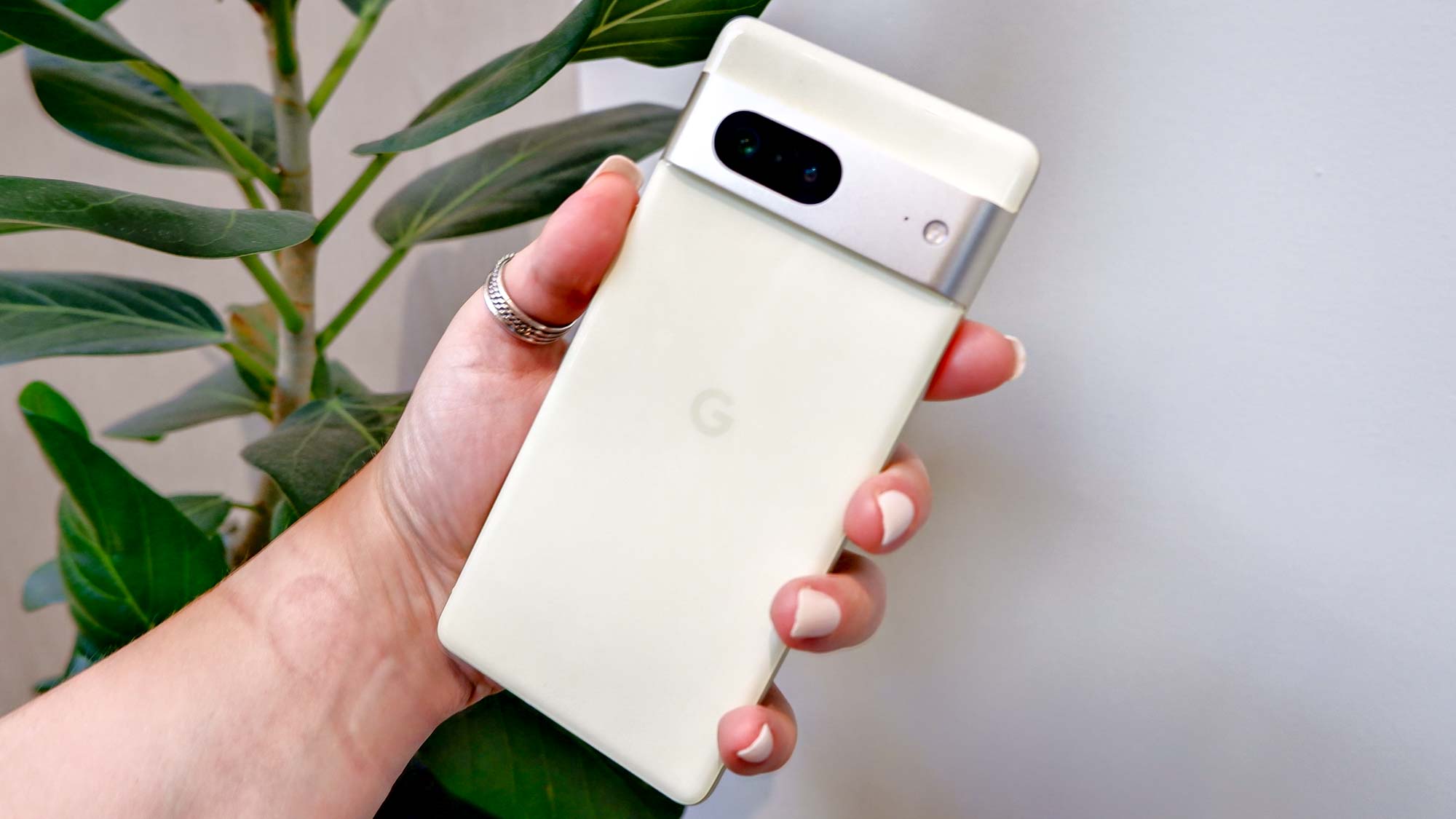Google Pixel 7 had the best Super Bowl ad — here's why
Google's Super Bowl ad made the case for the Pixel 7 as a top camera phone

The Google Pixel 7 won the Super Bowl yesterday (February 12). I know the newspapers are saying the Kansas City Chiefs won it, and while that is technically correct — the best kind of correct! — I am talking about the part of the Super Bowl that really matters. And that is the commercials.
Super Bowl ads are a big business. A 30-second spot in this year's game cost an average of $7 million. When you're spending that kind of money, you pull out all the stops — celebrity cameos, memorable pop songs and any other narrative trick you can employ to get people to remember your brand and/or product.
And in most cases, the companies advertising in the Super Bowl would be better off setting their $7 million on fire. At least then, they could marvel at fire's destructive power and even enjoy a minute or two of warmth before the chilling realization of how much money they've wasted sets in.
This year, we had Pepsi calling upon Ben Stiller and Steve Martin to assure us Pepsi Zero Sugar tasted fantastic. (Or perhaps they're lying!) PopCorners reunited the stars of Breaking Bad because who doesn't want to draw parallels between their snack food and crystal meth? And E-Trade brought us talking babies for what felt like the 738th Super Bowl in a row.
These ads failed to resonate. In contrast, Google's ad on behalf of the Pixel 7 drove home its point clearly and effectively — at least for me.
Google's 90-second spot — that's going to cost you extra, folks — highlights the photo-editing tools available in its latest Pixel phones. The bulk of the ad focused on Magic Eraser, which lets you remove unwanted photo-bombers, objects and other image-marring background distractions from the shot with the press of a button. But the ad also touted Photo Unblur, new to the Pixel 7 lineup, and its ability to take blurry photos and clear up faces — even on images you shot with something other than a Pixel phone.
Perhaps, it's because I'm very familiar with both features — I've run Magic Eraser tests and also put Photo Unblur through its paces — but I thought Google's ad really emphasized what's great about the Pixel 7. Not all of us are great photographers, but the Pixel's features can fix what our limited skill set has wrought, not just salvaging photos we'd otherwise have to bin but producing things we'd actually want to share with other people.
Get instant access to breaking news, the hottest reviews, great deals and helpful tips.
Google didn't fall into the trap that trips up so many other Super Bowl ads where you make a joke at the expense of muddying up your message. (Yes, having a guy in a banana hammock mucking up your photo gets a cheap laugh but seriously, you want Magic Eraser to remove that guy post-haste.) And while Amy Schumer, Giannis Antetokounmpo and Doja Cat all make celebrity cameos in the Pixel spot, there's not a parade of B-Listers distracting you from the ultimate message of the ad: You will take better photos with the Pixel 7.
Not everyone agrees with me. Slate's Super Bowl ad round-up found the Pixel ad a little creepy, focusing on the bit where Amy Schumer uses Magic Eraser to remove ex-boyfriends from her photos. (See, this is why you don't invite Amy Schumer to be in your Super Bowl ad or host your Oscar telecast.) But I think for most people watching at home, the benefits of easy-to-use photo-editing tools probably resonated more than the ethical considerations of sending your exes to digital oblivion.
When it comes to smartphones, Google finds itself fighting an uphill battle, languishing behind both Samsung and Apple for market share and mind share. I've recently asked what Google can do to get more people to buy the Pixel, and a clear message during a widely viewed program about why these devices are among the best camera phones should help a little bit.
So congratulations to Google on $7 million-plus that appears to have been well spent. Now if you could just work on adding another year of software support by the time the Pixel 8 launches later this year, you'll be on to something.
Philip Michaels is a Managing Editor at Tom's Guide. He's been covering personal technology since 1999 and was in the building when Steve Jobs showed off the iPhone for the first time. He's been evaluating smartphones since that first iPhone debuted in 2007, and he's been following phone carriers and smartphone plans since 2015. He has strong opinions about Apple, the Oakland Athletics, old movies and proper butchery techniques. Follow him at @PhilipMichaels.
 Club Benefits
Club Benefits






